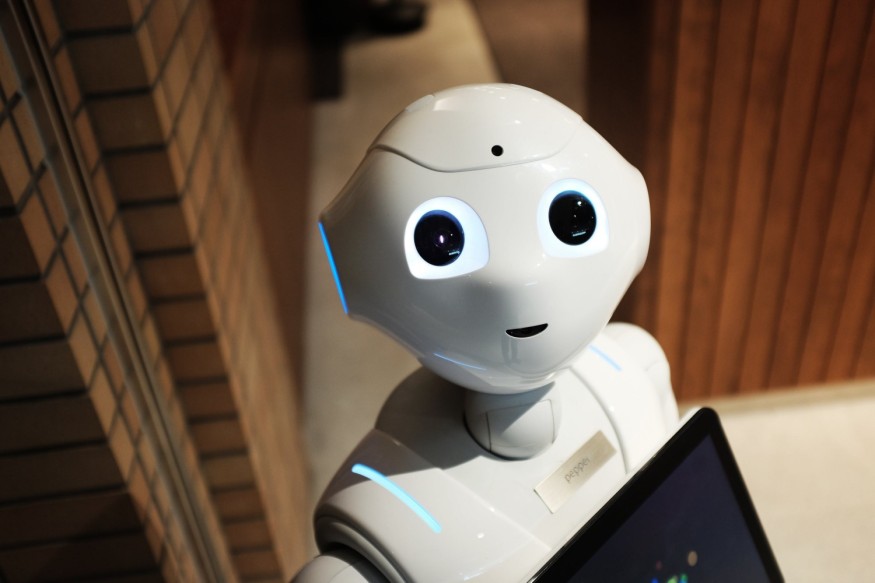
In the advent of a new global pandemic, COVID-19, roboticist and founding editor of Science Robotics, Guang-Zhong Yang, has expressed how robots could help in combating the spread of infectious diseases after being serviced by a robot during his 14-day self-quarantine.
In an editorial featured in Science Robotics, lead experts in robotics agree that the outbreak of the COVID-19 pandemic may lead to further research in the potential role of robotics in addressing risks brought by infectious diseases. The research authors posit that robots may be effective in combating COVID-19 and other infectious disease outbreaks in the future. Robots may be deployed to lead disinfection and sanitation of affected areas, delivering food, medicines, and supplies, measuring vital signs, and assisting in border controls.
During the 2015 Ebola outbreak, the National Science Foundation and White House Office of Science and Technology identified three areas where robotics can aid in a global health emergency. These are clinical care, logistics, and reconnaissance. In any global pandemic, front line health care workers, particularly doctors, nurses, and EMTs are significantly exposed to the virus because of their direct patient contact even though they wear Personal Protective Equipment.
With interconnected economies, most countries are currently affected by the coronavirus pandemic. What was previously considered as a Chinese economic shock is now a global crisis, and the impact is experienced globally.
With the outbreak of COVID-19, robotics can also assist in a fourth area, which is socioeconomic work and maintenance. This current pandemic has ceased the operations of economies in manufacturing and other industries. Yang and other robotics experts are looking into intensive research for prospective operations that can be done remotely to sustain processes, manufacturing, and other plants.
In clinical care, extensive developments and opportunities are yet to be explored in the field of robotics. These include diagnosis and screening, disease prevention and management, and patient care.
For initial diagnosis and screening in a major outbreak, automated or robot-assisted nasopharyngeal and oropharyngeal swabbing as recommended may speed up the process. Subsequently, it could decrease the risk of infection of health practitioners, and make the staff available for other tasks. Mobile robots may also aid in temperature measurement in ports of entry and other public areas. Incorporating thermal scanners or sensors into remotely-operated robots may increase efficiency and coverage.
For disease prevention and management, surface disinfection may be done by robot-controlled, noncontact UV disinfection since coronavirus spreads not only through droplets in human-to-human contact but also through contaminated surfaces. UV light devices are effective in decreasing contamination, and instead of manual disinfection, remote-controlled decontamination robots could be more effective, faster, and more economical.
Robots can also be developed to provide social interactions to isolated patients under quarantine as well as assist in treatment if necessary. The COVID-19 outbreak can also propel the development of robotic systems that can be deployed and accessed by healthcare experts and health service providers without the need to go physically to the frontline and sans the fear of contracting the disease or spreading it.
© 2025 NatureWorldNews.com All rights reserved. Do not reproduce without permission.





